What is Ethereum Name Service? (ENS)

The Ethereum Name Service (ENS) is a decentralized domain name service (DNS) built on the Ethereum blockchain. It allows users to map complex Ethereum addresses, which are typically long, random strings of numbers and letters, into human-readable names that are much easier to remember and share. For example, instead of using a cryptographic address like 0xabcC46d439338F972307E9805A86Adaa24D003a9, an ENS address could be something like kraken.eth.
In essence, ENS functions like the traditional DNS (which maps domain names like google.com to IP addresses), but it operates on the Ethereum blockchain, making it decentralized, secure, and censorship-resistant.
While ENS is not intended to replace the global DNS system, it offers an Ethereum-based solution for translating Ethereum addresses and other data into human-readable names, thus enhancing the user experience in the cryptocurrency space.
Who Created Ethereum Name Service (ENS)?
ENS was launched on May 4, 2017, by Nick Johnson and Alex Van de Sande, both of whom were part of the Ethereum Foundation. The development was funded by a $1 million grant from the Ethereum Foundation, which helped them build the initial version of ENS.
Nick Johnson and Alex Van de Sande have backgrounds in software engineering and design. They previously worked at Google and contributed to Ethereum development. Their combined expertise in both technical and user-facing aspects of development allowed them to create ENS as a critical component of Ethereum’s ecosystem.
How Does Ethereum Name Service Work?
ENS operates through two main smart contracts: the registry and the resolver. Here’s how the system functions:
1. The ENS Registry
- The ENS registry is a smart contract that manages the entire ENS namespace. It keeps track of which addresses (or domain names) are registered and who owns them.
- The registry stores three key pieces of information for each domain:
- The owner of the domain (who controls it).
- The resolver for the domain (which is responsible for translating the human-readable name into its corresponding Ethereum address or other resources).
- The TTL (time-to-live) for the domain’s records, which specifies how long the translation data should be cached.
2. The ENS Resolver
- The resolver is another smart contract responsible for resolving (translating) ENS names into actual Ethereum addresses (or other types of records like content hashes, metadata, etc.).
- When you query an ENS name, the resolver first looks up which resolver is responsible for that name from the registry. Then, it fetches the relevant information (e.g., an Ethereum address or another piece of data).
3. The Hierarchical Structure
- ENS is hierarchical in structure, much like traditional DNS. This means that domain owners can create subdomains. For example, the owner of
kraken.ethcan create subdomains likewallet.kraken.ethorshop.kraken.eth.
How to get an ENS domain

- Search for an Available Name: Users can visit the ENS app to search for available
.eth domain names. - Register the Name: Once you find an available name, you can initiate the registration process. This requires two Ethereum transactions:
- The first transaction reserves the name.
- The second finalizes the registration, which must be completed within seven days of the first transaction.
- Choose the Rental Period: ENS domains are rented on an annual basis, so you’ll also need to specify how long you want the domain to remain registered (e.g., 1 year, 2 years, etc.).
- Set Up Subdomains and Resolvers: After you own an ENS domain, you can create subdomains and define the Ethereum addresses or other data to which they resolve.
Why Does ENS Have Value?
The ENS token was launched on November 8, 2021. It serves as the governance token for the ENS decentralized autonomous organization (DAO), which controls decisions related to the development and management of the ENS protocol and treasury.
- Airdrop to .eth Address Holders: ENS tokens were airdropped to people who owned .eth domain names before October 31, 2021. The amount of ENS tokens received was based on several factors:
- Age of the address: Older
.ethaddresses received more tokens. - Primary ENS (Reverse Record): Those who set their ENS name as their primary Ethereum address got a 2x multiplier on their airdrop.
- A specified claim period after which unclaimed tokens were sent to the DAO treasury.
- Age of the address: Older
ENS Token Allocation:
- 25% to .eth holders: Distributed via the airdrop.
- 25% to ENS contributors: For core contributors, with a four-year lock-up.
- 50% to the DAO community treasury: This portion is locked for four years, with 10% available at launch for the DAO to use.
Why Buy ENS?
People may choose to buy ENS tokens or register ENS domains for various reasons:
- Human-readable Ethereum Addresses: Instead of sharing complex Ethereum addresses, you can use a recognizable name like
kraken.ethfor transactions, making it easier to remember and less prone to errors. - Governance and Voting: ENS token holders can vote on important governance decisions within the ENS DAO, such as proposals for the development of the ENS protocol, treasury management, or even changes to the fee structure.
- Long-Term Speculation: Some users may believe in the long-term value of ENS and buy tokens in anticipation of increased demand for ENS domain names and DAO participation. As more people and projects move into the Ethereum ecosystem, ENS domains may become more valuable.
- Branding and Identity: Individuals and organizations may want to secure an ENS domain to brand their digital identity, such as using
yourbrand.ethas part of their web3 presence or to receive ETH payments via ENS. - Subdomain Hosting: Owners of
.ethaddresses can also create subdomains for various use cases (e.g., for decentralized websites, wallets, or unique services), adding value to their ENS names.



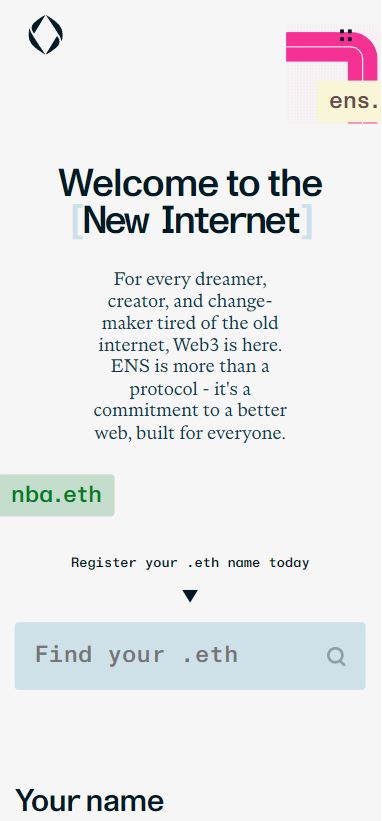
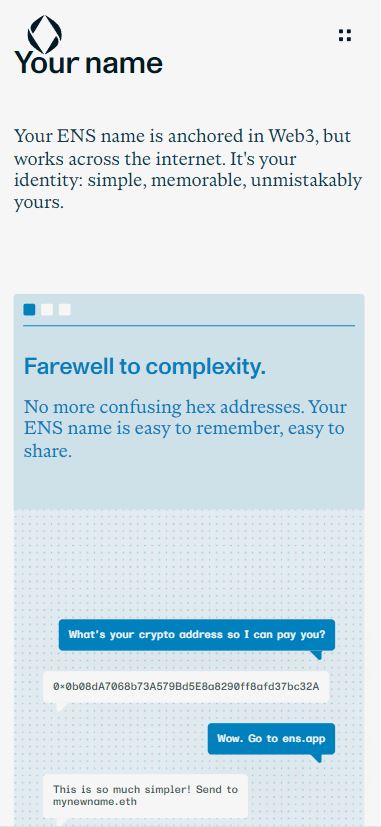

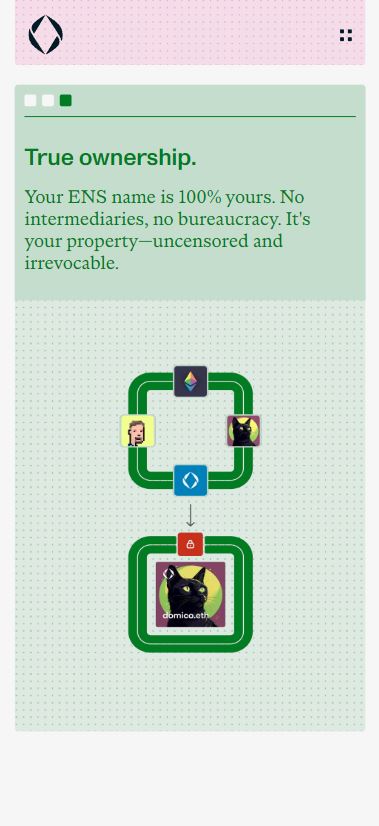
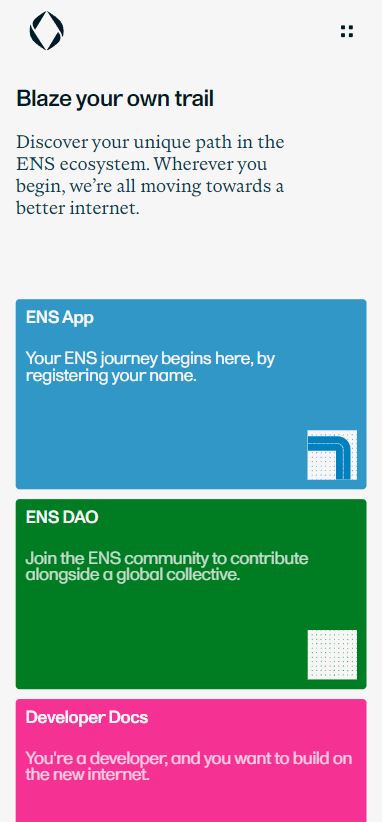
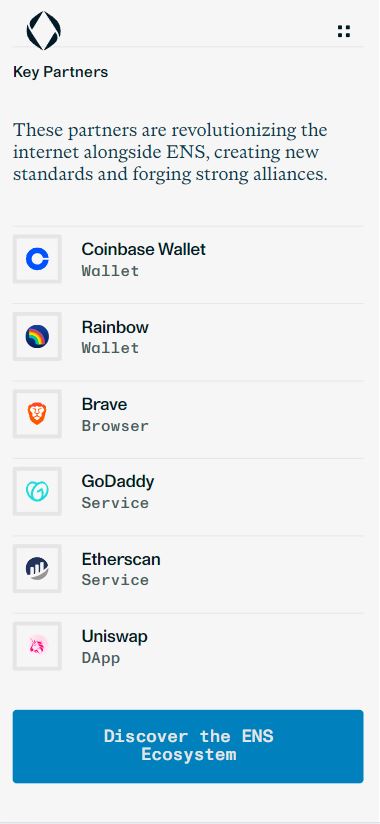


















Reviews
There are no reviews yet.